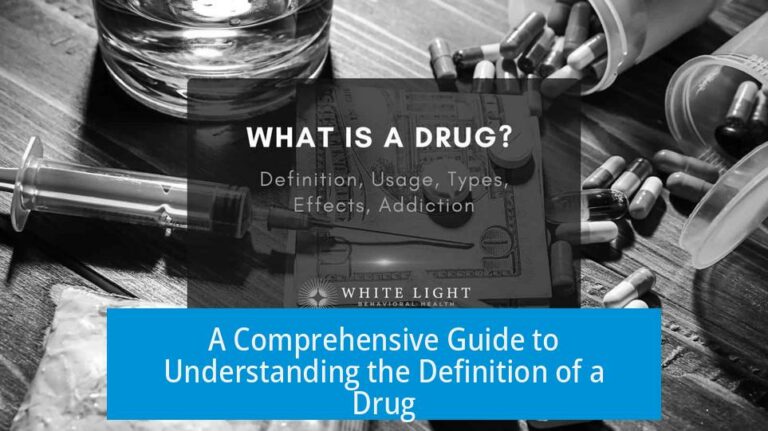How Long Will a Vehicle’s Coolant Take to Freeze at Its Rated Freezing Point?
The exact time for vehicle coolant to freeze at its rated freezing point during an overnight low is not fixed, as it depends on multiple factors like engine setup, coolant volume, and environmental conditions. However, modern coolants are designed to prevent solid freezing, which protects the engine from damage even at those temperatures.
Modern Coolant Composition and Freezing Behavior
Vehicle coolants today are primarily composed of organic solvents such as ethylene glycol or silicone-based products. These do not freeze into hard ice but instead form a soft, slushy gel. This gel distributes freezing stress evenly, preventing cracks or ruptures in the engine components.
The protective characteristic of these coolants means that encountering the coolant’s rated freezing temperature does not automatically mean it solidifies quickly or causes harm. Unlike pure water, which expands and hardens sharply upon freezing, these antifreeze mixtures reduce the risk of engine freeze damage.
Comparison with Water as a Coolant
- Water freezes into a rigid block and expands, causing damage to metal parts.
- Modern coolants freeze gradually into slush, minimizing expansion forces.
- Engines filled solely with water risk block failure if exposed to freezing temperatures.
Factors Influencing Freeze Time
The freeze time depends on several physical and environmental factors:
- Engine design and coolant volume; larger volumes freeze slower.
- Airflow and heat retained by the engine after shutdown.
- Exposure time to low temperatures overnight.
Since coolant circulates in the radiator and heater core, not inside the solid engine block, the block itself rarely freezes fully under typical conditions. This further delays freezing.
Practical Experience in Cold Climates
In regions with consistent cold, such as Canada, modern antifreeze formulas and vehicle designs have made freezing risks minimal. Block heaters, formerly used to prevent freezing, have become less common. Similarly, in areas like Texas with brief cold snaps (around 25°F), a 50/50 antifreeze mix usually protects the engine without freeze damage, even if the temperature dips overnight.
Key Takeaways
- Freeze time depends on engine, coolant volume, and exposure to cold.
- Modern antifreeze forms a slush, preventing complete freezing and engine damage.
- Water alone freezes hard and expands, risking engine damage.
- Coolant is not inside the engine block, lowering freeze risk to the block.
- Block heaters are less necessary with modern coolants and designs.
- Brief overnight lows at the coolant’s freeze point usually don’t cause harm.
How quickly can vehicle coolant freeze at its rated freezing point overnight?
The exact time depends on many factors like engine design and airflow. Modern coolants form a gel rather than solid ice, so freezing overnight at the rated point usually doesn’t mean complete freezing.
Does coolant freeze solid like water when temperatures drop?
No. Unlike water, which forms hard ice and expands, modern antifreeze forms a soft slushy gel that spreads pressure evenly. This prevents engine damage even if temperatures reach the freezing rating.
Can engine blocks freeze if overnight lows hit the coolant’s rated freezing point?
Coolant is not located directly inside the engine block. This, combined with the antifreeze properties, usually prevents the engine block from freezing at rated temperatures.
Does a 50/50 antifreeze mix protect engines in brief cold snaps around 25°F?
Yes. A 50/50 mix is generally safe for short periods of cold like a couple of days at 25°F. It prevents freezing enough to avoid engine block damage under such mild freezes.
Do repeated freeze-thaw cycles cause ice to accumulate inside the coolant system?
It’s unclear if ice crystals separate and build up during cycles below freezing. But typical use in cold climates shows no serious issues, and block heaters aren’t commonly needed anymore.





Leave a Comment